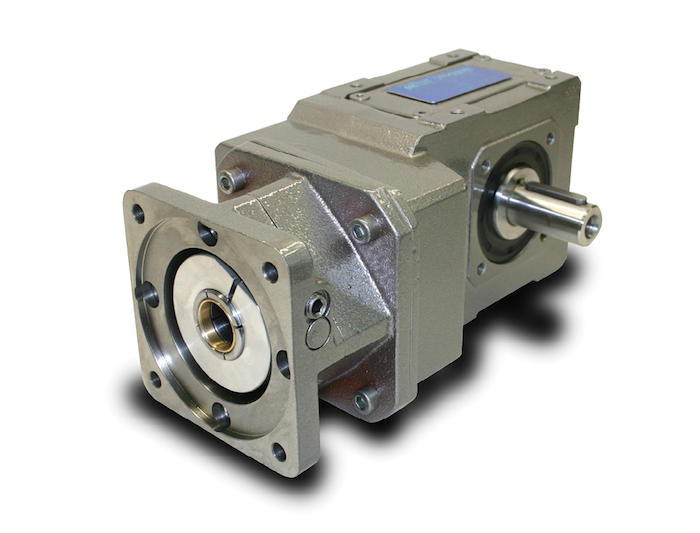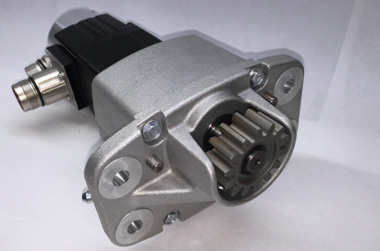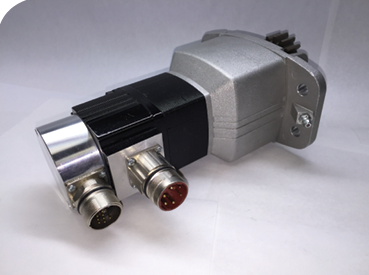Miles Budimir
Senior Editor
Gearmotors, a well-established technology, are motors designed with an integrated gear reducer. Gearmotors are most common in applications that need a lot of force to move heavy objects. Most industrial gearmotors incorporate fixed-speed ac motors. However, some gearmotors use dc motors, which are common in automotive applications.
Gearmotors continue to improve. In fact, there is quite a bit new in gearmotor technology in addition to some new interest in gearmotors from a number of industries and over a range of newer applications. One wider industry trend that gearmotors follow is the interest in more integrated systems designs.
One change to integration is the type of motors being used in gearmotor systems. For instance, Chriss Popp from DieQua pointed out that “a significant gearmotor technology change over the last decade is more integration of servomotors with gearboxes instead of typical ac motors. I think it’s driven by the appearance of more flexibility and control, although it isn’t always necessary. With advanced VFDs many motion profiles can be achieved with inverter duty ac motors at a lower cost than using servos.”

Terry Auchstetter from Bodine Electric finds that specific customer demands often drive technology decisions. For instance, the company found new applications for one of their brushless dc gearmotors. “Our INTEGRAmotor, low-voltage brushless dc gearmotors are in demand when interference from high-voltage signals is not acceptable, or when the customer or application requires minimal wiring and/or a compact design,” he said.

Specific industries or applications are also spurring changes in gearmotor design. Popp sees demand in a number of different industries. “The food and beverage industry is driving some changes due to interest in having their gearmotors made of stainless-steel materials,” he said. “Unfortunately, these approach two to three times the price of traditional aluminum or cast-iron materials so the range of available products may be limited.”Other applications making an impact include material handling and conveying. “These industries are also making changes from low-cost worm-gear technology to higher-cost helical-gear technology because of the trend toward more energy efficiency,” added Popp. “The initial investment is higher, but there can be a payback in energy cost savings over time.”
Some companies are seeing demand in other areas, such as energy. Auchstetter said that “battery and solar powered gearmotors require an optimized motor/gearhead match-up, and brushless dc motors provide that with higher efficiency, better size-to-power ratio and all that at zero maintenance.”

Tied in with general automation trends, Popp observed that more and more servomotors and controls are being integrated for even the simplest speed and motion profiles. However, he added that “sometimes its necessary and sometimes its just marketing.” Either way, “to maximize the cost, performance and design of an electromechanical system, it’s important to select the best gear technology to go with it,” he said.
As for the broader question of the pros and cons of increasing automation, which parallels the economic debates that have been taking place in society, several points are evident. “The benefits of automation are without question. The accuracy, repeatability and flexibility of automated systems increases the productivity of machinery and usually the quality of the products being produced by them,” Popp said.
However, Popp also noted the challenges involved. “A particular challenge of increased automation, at least for most gearbox and other mechanical component manufacturers, is that when machines are more productive, flexible and efficient, less of them are needed to fulfill demand for the products they produce. That results in less demand for the number of mechanical components needed to drive them.”
Despite these challenges, gearmotor manufacturers remain optimistic as designers working on new applications discover the unique benefits that gearmotors continue to bring to the table.


Leave a Reply
You must be logged in to post a comment.